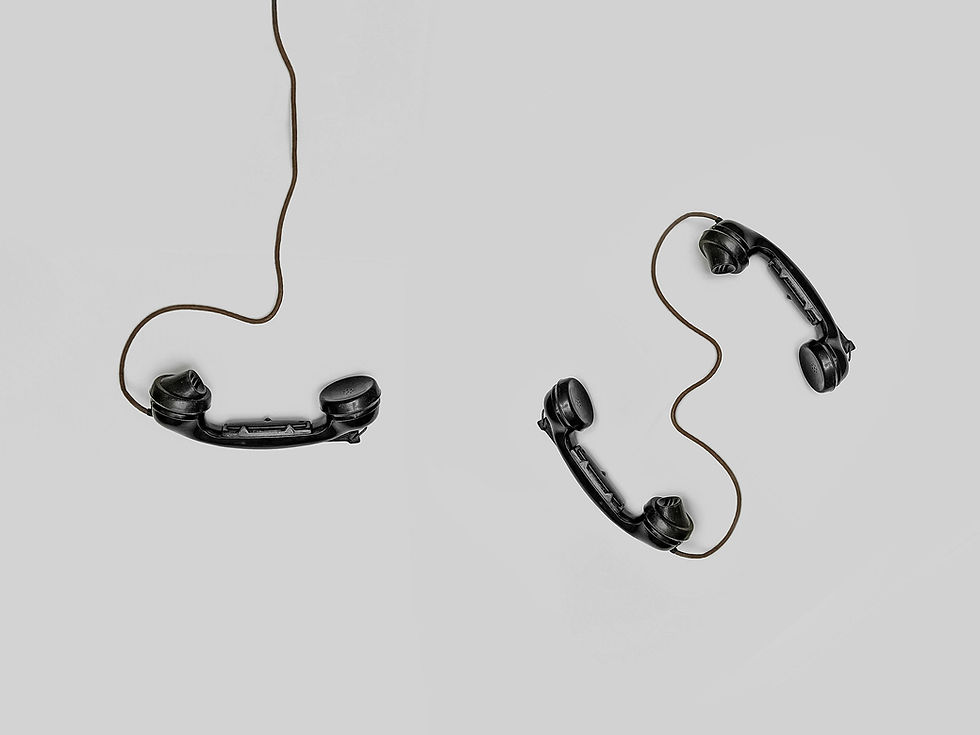From A Doctor: How I Burned More Than 12 Pounds in the Weeks Before My Wedding
- Ezra Guttmann

- Jan 12
- 4 min read
As we enter a new year, many people are inspired to adopt healthier lifestyles, often with weight loss as a central goal. The statistics are sobering: approximately 74% of U.S. adults are overweight or obese, with 42% classified as obese and nearly 10% experiencing severe obesity. Among children and teens, 37% are overweight or obese. With these figures in mind, I’d like to share my recent, dedicated weight loss journey—a journey that not only helped me shed over 12 pounds in the weeks leading up to my wedding but also taught me lessons about fitness and balance.

Childhood Goals vs. Adult Realities
As a kid, I was a bit underweight. I’d joke that I was trying to achieve the physique of my favorite Yankees, often exclaiming, “I want to be 6’3” and 215 pounds of pure muscle when I grow up!” While genetics ruled out the height, I live in America—so hitting 215 pounds wasn’t out of the question.
Fast-forward to adulthood: for years, I rarely stepped on a scale, paid little attention to portion sizes, and made minimal effort to track what I ate. Armed with a scoop of creatine in one hand and a tub of whey protein in the other, my fitness goals were simple—lift heavy, gain muscle, and avoid cardio at all costs. Core workouts? They could wait. As for meals, the hospital cafeteria and Chicago’s endless takeout options kept me well-fed but not particularly mindful.
However, as my wedding day approached, I couldn’t ignore the fact that I had gained too much weight. Determined to feel my best, I made some targeted lifestyle changes. Here’s how I did it:
1. I Ran
Running may not sound groundbreaking, but for me, it was a game-changer. Initially, I struggled to run more than half a mile without feeling winded. To build endurance, I committed to running at least one mile on the treadmill during every workout. Luckily, I also have a treadmill in one of my hospital workrooms, so consistency could be maintained even after 12 hour shifts. According to Harvard Health Publishing, a 155-pound person burns approximately 300 calories in 30 minutes of moderate running (~6 mph). Beyond the immediate calorie burn, running increases post-exercise oxygen consumption (EPOC), meaning your body keeps burning calories even after you’re done. Studies also show that regular aerobic exercise can reduce visceral fat, the dangerous fat stored around internal organs, and improve metabolic health.

Looking back, I’m glad I incorporated running into my routine. While I don’t get the famed “runner’s high,” I do feel a sense of accomplishment every time I break a sweat on the treadmill. Plus, running builds a solid fitness foundation, making it easier to participate in other physical activities, like team sports.
2. Intermittent Fasting
Skipping breakfast became a cornerstone of my weight loss plan. Intermittent fasting not only helped me reduce daily calorie intake but also curbed cravings for carb-heavy breakfast staples. Research suggests intermittent fasting enhances metabolic flexibility, encouraging the body to use stored fat for energy during fasting periods. It also improves insulin sensitivity and triggers hormonal changes, such as increased human growth hormone (HGH) levels, which aid in fat burning and preserving lean muscle mass (New England Journal of Medicine, 2019).

3. High-Intensity Interval Training (HIIT) for Core
I’ve never been the “abs guy” and likely never will be, but for efficiency and structure, I turned to HIIT core workouts. HIIT significantly boosts metabolic rate for hours post-workout, maximizing fat-burning potential (Journal of Obesity, 2011). I’ve found the Downdog HIIT app particularly helpful. You can customize your workouts by specific body regions, exercise styles, and total minutes. At one point, the app offered a yearly subscription for $20, which also included access to yoga and meditation programs—a steal even if you’re only using the HIIT features.

4. Consistency Over Perfection
My weight loss journey wasn’t overly complicated, but it required discipline and consistency. I bought a scale to track my progress and invested in Bowflex dumbbells for days when I couldn’t make it to the gym. Reducing snacking also played a role, though I’ll admit Thanksgiving tested my resolve (totally worth it, by the way).
Weight can be volatile. Post-leg-day water retention, caused by glycogen replenishment in muscles, can temporarily mask fat loss (Journal of Applied Physiology, 2011). Still, tools like the Apple Watch “Fitness” feature helped me stay motivated by showing estimated calorie burns from workouts and daily activities.
5. What’s Next?
Moving forward, my goal is to maintain a healthy weight while preserving muscle mass. I’ve started incorporating overnight oats into my mornings to balance protein intake without a calorie overload. Weight loss is undeniably challenging, but the benefits—both physical and mental—make the effort worthwhile.
Key Takeaways for Your Weight Loss Journey
For anyone starting their own weight loss journey, remember: it’s about progress, not perfection. Small, consistent changes can lead to big results. Whether it’s running, fasting, or just cutting back on snacks, find what works for you and stick with it. The journey may be tough, but the rewards—better health, increased confidence, and improved fitness—are worth every step.

This blog is my personal project and does not reflect the views of my employer.




Comments